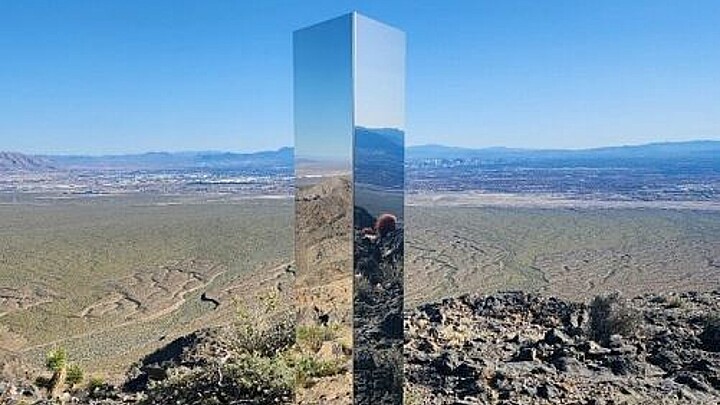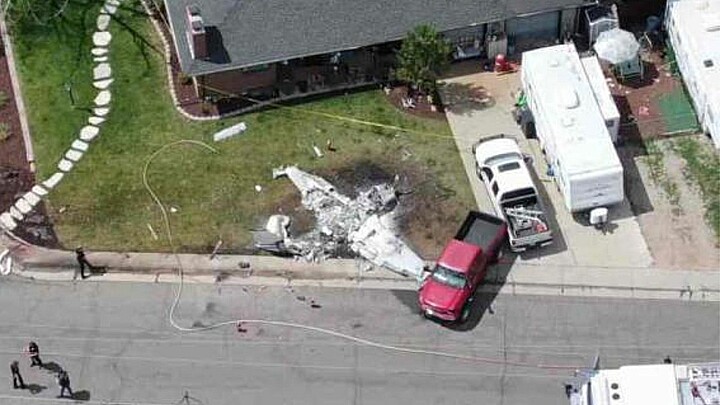Trending
Northern Lights may return to northern states tonight, after dazzling Sunday display
From Washington to Maine and as far south as Kansas, more than 30 states along the U.S.-Canada got a rare glimpse of the aurora borealis, known as the northern lights

April 24, 2023 8:49am
Updated: April 24, 2023 8:49am
Millions of Americans in the northern half of the United States may get a second chance to catch a rare, dazzling display of the northern lights after they appeared in the region Sunday night for the first time in more than half a century.
The lights could reappear Monday night and potentially, Tuesday according to forecast reports collected by the New York Times.
"On Sunday evening, forecasters in the United States said the geomagnetic storm was likely to cast an aurora that could be seen from some northern states like Maine and Michigan. Britain’s national weather service, the Met Office, predicted that Scotland and northern England would be able to see the lights, with another chance to view them on Monday night into Tuesday," the Times reported.
In the United States, the northern lights were seen in states such as Minnesota, Wisconsin, and Wyoming. In Europe, the display was seen over southern England, where streaks of yellow and magenta and yellow lit up the skies above Stonehenge.
The magnificent display came after one of the sun’s solar flares erupted on Friday and was directed toward Earth, causing an event known as a geomagnetic storm, according to the NOAA’s Space Weather Prediction Center.
NOAA registered an event as a level four out of five on the Geomagnetic Storm Impact Scale.
Prior to Sunday's event, ground-based magnetometers, which measured the event at 6.3 out of 9 on the Kp index Scale, predicted the cities with the highest possibility of seeing the lights include Seattle, Minneapolis, and Green Bay.
— NOAA Space Weather (@NWSSWPC) April 23, 2023
“Aurora viewing is likely in the United States tonight as Earth is impacted by a strong solar storm. The most favorable cloud conditions look to be over the Midwest, Plains, and parts of the Great Lakes and less favorable conditions in the Northeast and Northwest," the Space Watch said on Sunday.
The lights were visible as far south as Iowa in the U.S., as well as in parts of southern England, scientists reported.
Monday's display will again depend on potential cloud coverage, which can prevent many from seeing the dancing lights. The Pacific Northwest have recently seen layers of clouds, while most of the Midwest has remained cloud-free.
The best time to view the aurora borealis is most likely between 10 p.m. and 2 a.m. local time, particularly because the moon is at its Waxing Crescent phase.
In addition to being able to see the northern lights, NOAA says that the storm could cause power systems to experience voltage alarms and radio frequencies might be disrupted, as well as orbit changes and tracking problems for spacecraft.










